5 Tips to Keep Weight Off After GLP-1 Shots
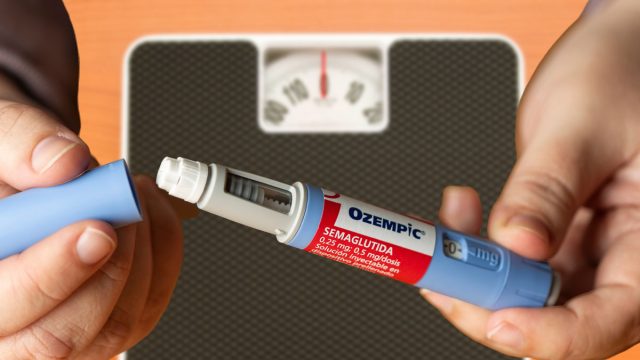
One of the biggest problems with weight loss drugs like Ozempic? Many people gain weight after they stop taking them. Dr. Jennifer McCann is a board-certified OB/GYN and Obesity Medicine specializing in complete women's care "that incorporates total wellness including considerations in gynecology, hormonal status, and weight optimization." In a recent viral video, she shares the top 5 most effective tips to keep weight off after weight loss shots like semaglutide, Ozempic, Mounjaro, and Zepbound. "Learn how to keep weight off and even lose more weight. This video is useful for weight loss from injections and bariatric surgery like gastric bypass and gastric sleeve, as well as for very low-calorie diets," she writes in the caption. "One of the most common questions I get is, what's next? How will I keep the weight off now that I've lost it? So in today's video, we're going to go over the top five tips to keep the weight off," she adds in the clip.
Tip 1: Consume More Protein
Tip number one is "protein, protein, protein," she says. "Protein is what builds your muscle, and your muscle does what? Burn calories. So, if you lose your muscle by not taking in enough protein, then you're actually going not to burn as many calories. So it's very important to get enough protein in your diet to keep your muscle, which will keep or even increase your metabolism so you can take in a few more calories and still keep the weight off."
Consume One Pound of Protein Per Pound of Lean Body Mass
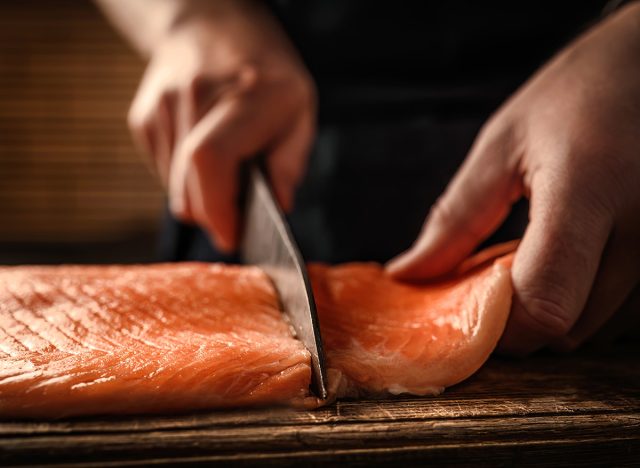
So, how much protein do you actually need? "Generally, you need one gram of protein per pound of lean body mass," says Dr. McCann. "There are many scales widely available now that measure your body composition. And this will tell you how much lean body mass you have. And this is going to be the minimum to keep your muscle. You need to get in a little bit more protein than this if you actually want to increase your muscle. So by keeping or even increasing your muscle mass, you will keep or increase your metabolism, which will be easier to keep the weight off even when you start taking in a few extra calories."
RELATED: 10 Foods That I Will Never Eat Again After Losing 120 Pounds
Protein Will Also Keep You Full

"Not only does protein help with your metabolism, but it also helps control hunger when used as a part of a carb moderation diet and specifically carb with a low glycemic index, which we'll get to a few tips from now," she says. "So make sure you take in enough protein to keep your muscle."
Tip 2: Watch Your Fat Intake
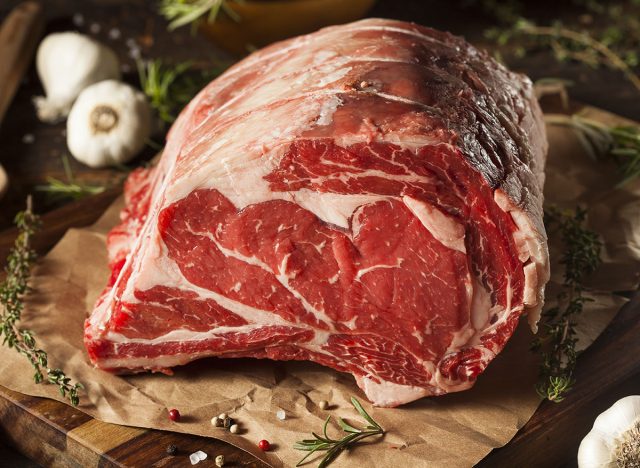
But not just any protein will do. It needs to be lean protein, she says. "Tip number two is watch your fat," she explains. "Unless you're doing ketosis diet, and unless you're in ketosis, you need to watch the amount of fat that you get in your diet. So, if you're in ketosis, you can take in as much fat as you want because you're using that to burn energy. If you're not in ketosis and you're just doing car moderation, that is not the case. If you take in too much fat, you will gain weight." She notes that women should consume around 35 grams of fat per day and men 55 if trying to lose weight.
Here Are Good and Bad Protein Sources
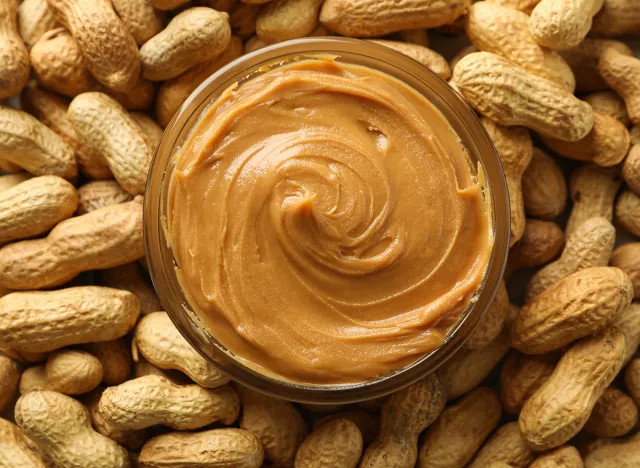
Peanut butter, whole eggs, a lot of cheese, and even nuts are fatty proteins, she says. "All of these foods are going to have a lot of fat for the protein content. So if you're trying to get in a hundred grams of protein a day, you don't need foods that have a one-to-one ratio, protein to fat." Instead, "some healthy alternatives that have a lot of protein and not as much fat" are beef jerky, "which is very low fat with high protein," fish like salmon, "packed full of omega," protein shake supplements, "especially with a whey protein," and Greek yogurt, which she calls "a magic food."
Tip 3: Watch Your Carbs
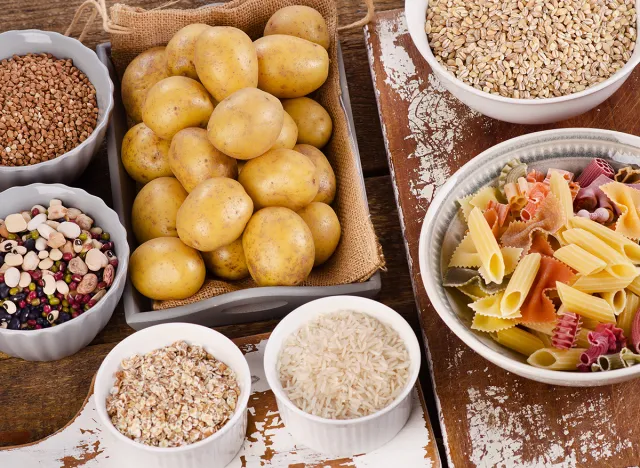
Tip number three: watch your carbs. "If you can't adhere to the ketosis diet, then just try carb moderation or carb restriction to where you're still keeping an eye on the carbs that you eat, but you're not in ketosis," she recommends. "This is necessary to help you keep the weight off."
RELATED: I Tried the 75 Soft Challenge and Here's What Happened
Pay Attention to the Glycemic Index
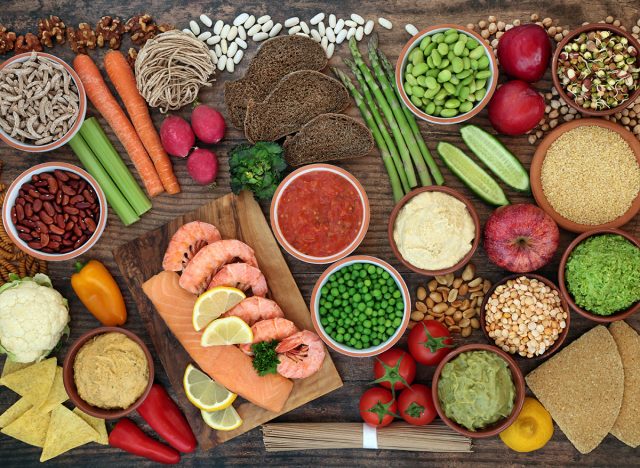
"Specifically, you wanna do the low glycemic carbs" and pay attention to the glycemic index, "a value used to measure how much a specific food raises your blood sugar," she says. "The higher glycemic index that a carb has, the more it will increase your blood sugar, which an hour and a half to two hours later will eventually make you hungry."
Stick to Low Glycemic Carbs
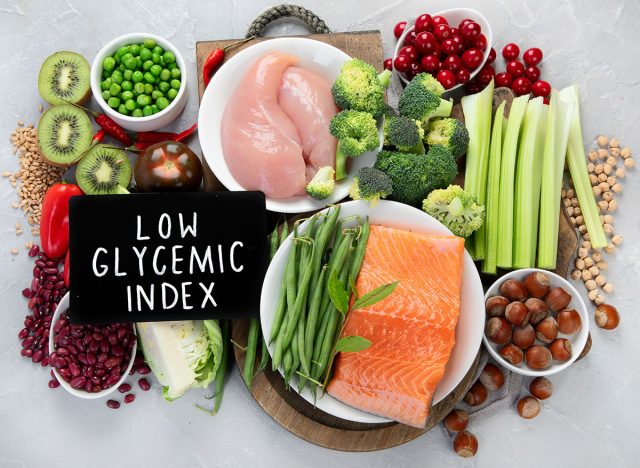
"A low glycemic index carb is what you're looking for, and the glycemic index can be found on multiple different websites," she says. "Generally, you don't wanna take in more carbs than protein during the day. So if you need a hundred grams of protein to keep your lean body mass to keep your muscle, don't take in more than a hundred grams of carbs."
Tip 4: Watch Your Sugar Intake
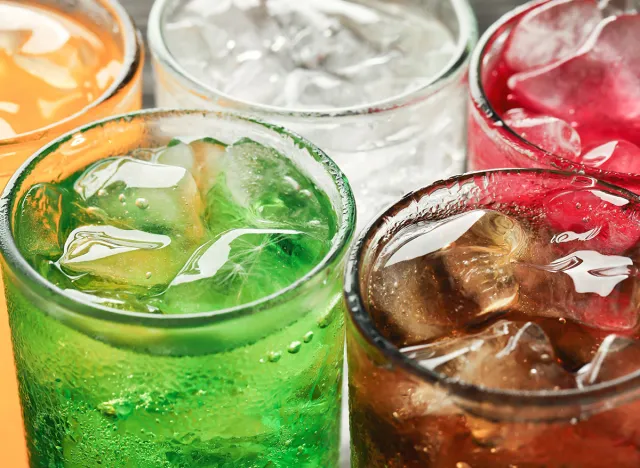
Tip number four is to watch your sugar intake. "This is very important, so just go ahead and stop all the sugary drinks," she says. "One can of soda a day for a year will make you gain 15 pounds, so just stopping the sodas, which I know is easy to say and sometimes hard to do, will help you keep the weight off." Sugary drinks will also make you hungry, "so in order to help curb your hunger and keep the weight off, you have to stop, especially the sugar drinks, especially sodas." A great alternative? Coffee with some skim milk. "You're getting your protein," she points out. "Sip on it for a few hours. It will help curb your hunger."
RELATED: 6 Ways to Outsmart Your Fat Cells and Shed Pounds
Tip 5: Exercise
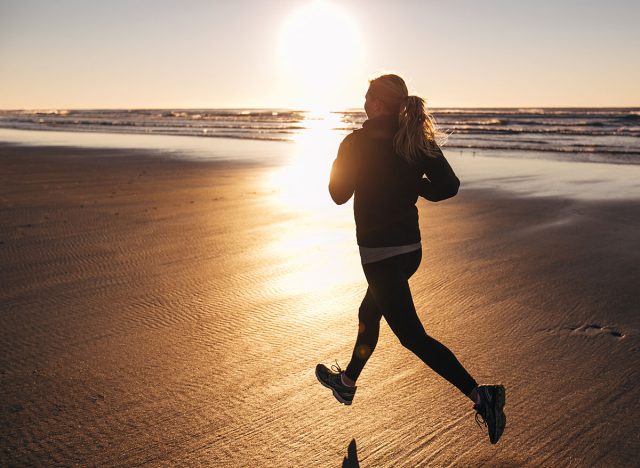
Tip number five is exercise. "Unfortunately, there's just no getting you around this one. Exercise is important to keep or increase your muscle, and we've already been over the fact that muscle is what keeps or increases your metabolism, and that's how you're going to keep the weight off when you take in more calories." She does note that you don't have to spend an hour at the gym every day. "If you're just starting out again, 20 minutes. There's a reason why HIIT classes are so popular: you can get into that fat-burning exercise in less time. So a HIIT class, 20 minutes on your elliptical at home," she continues. "It will increase your muscle, which will help with your metabolism. If you have physical limitations, you may need to see a specialist to help you know what exercises you can do to build your muscle so you can keep the weight off." And if you enjoyed this article, take advantage of these 15 Quick Ways to Lose Body Fat Percentage in a Week.




